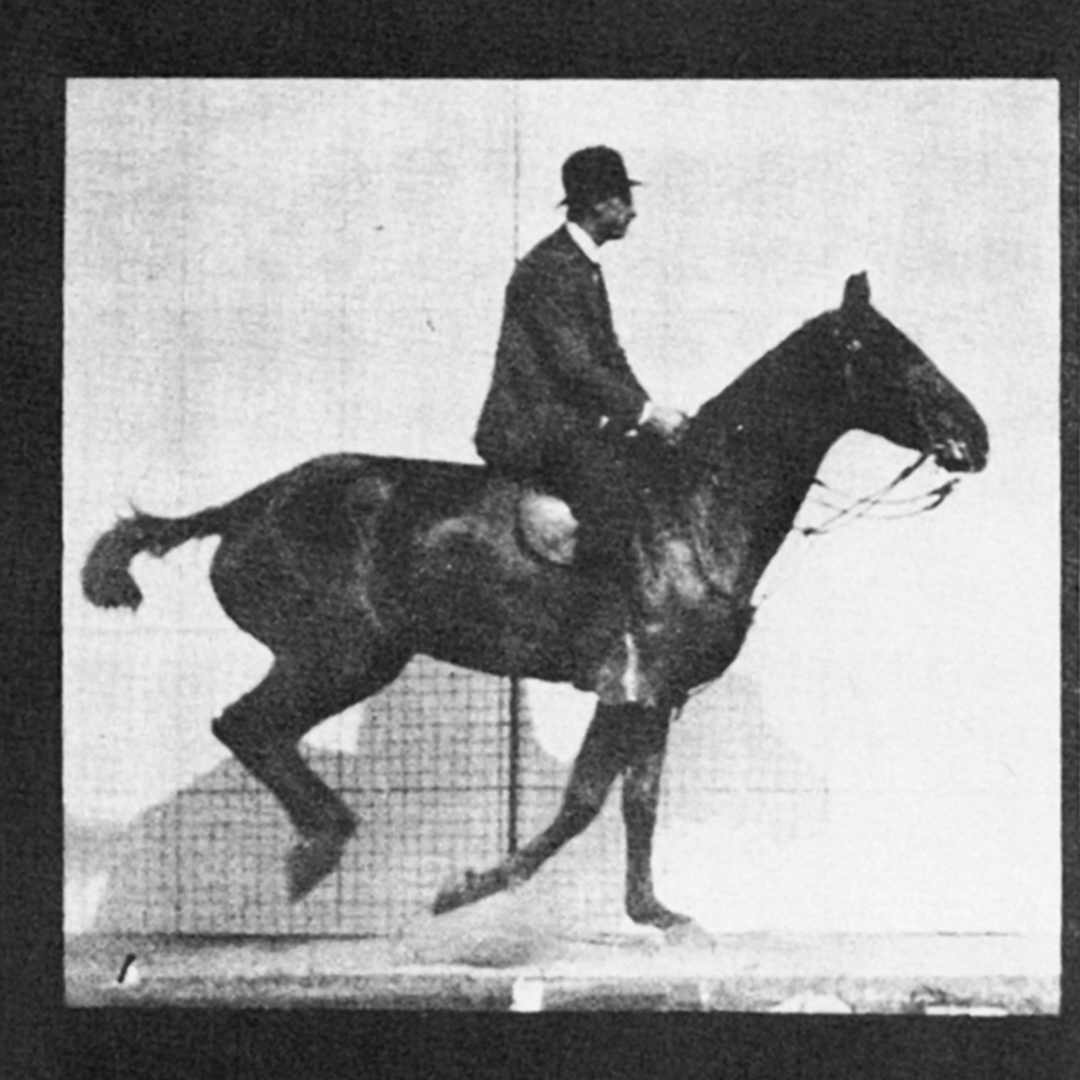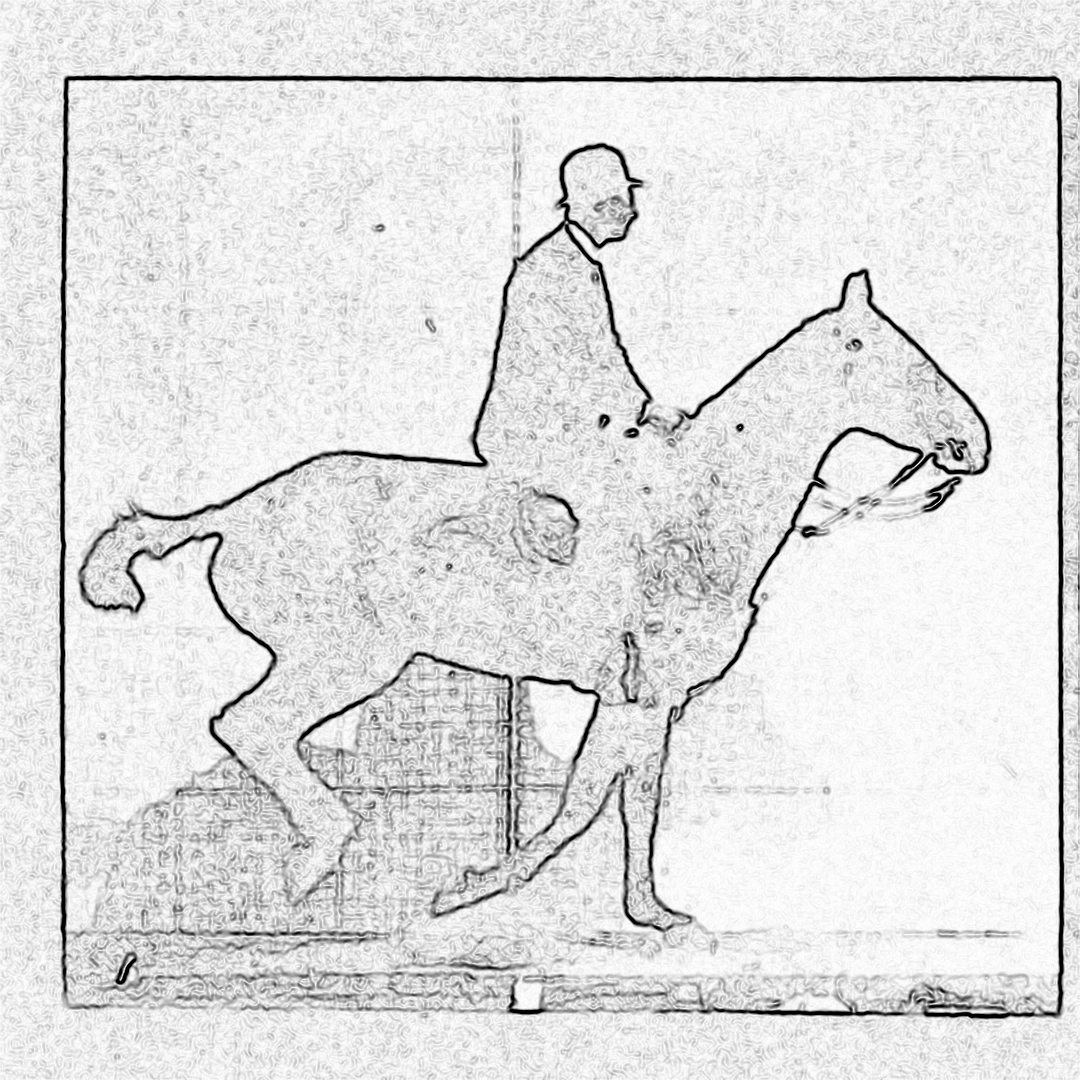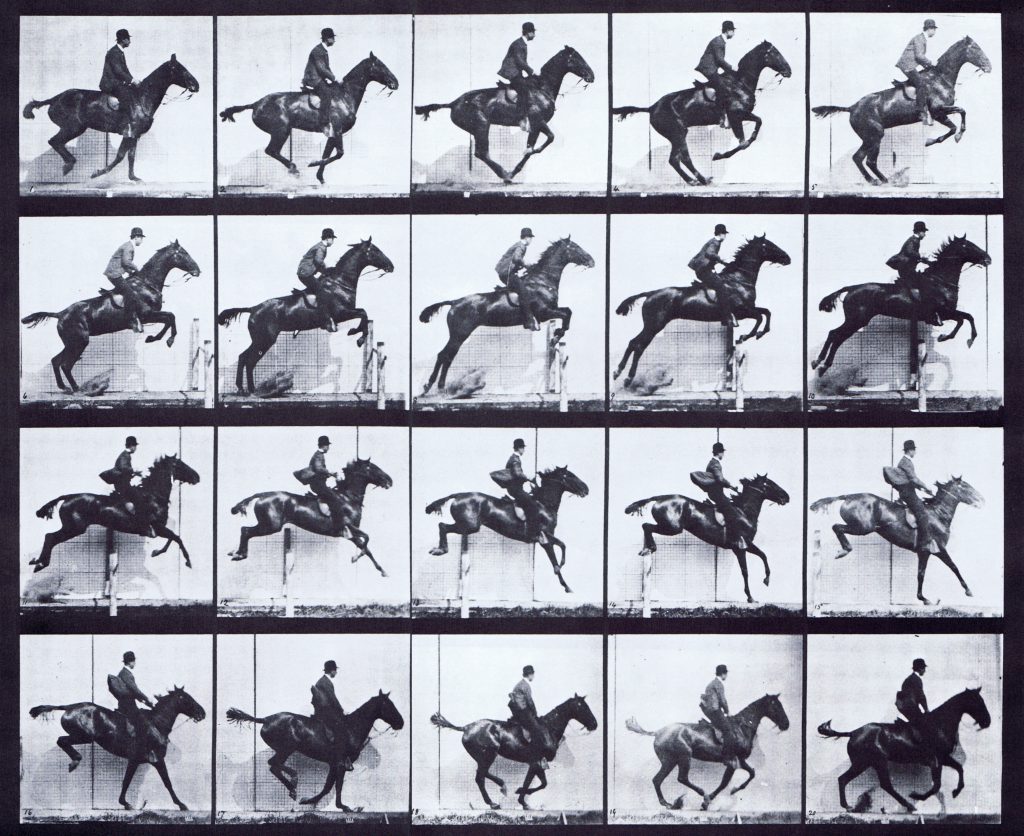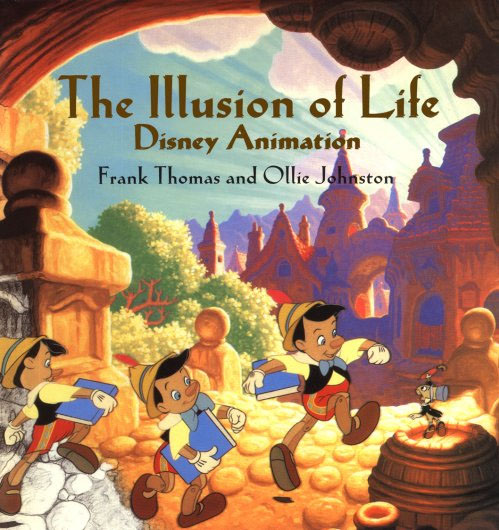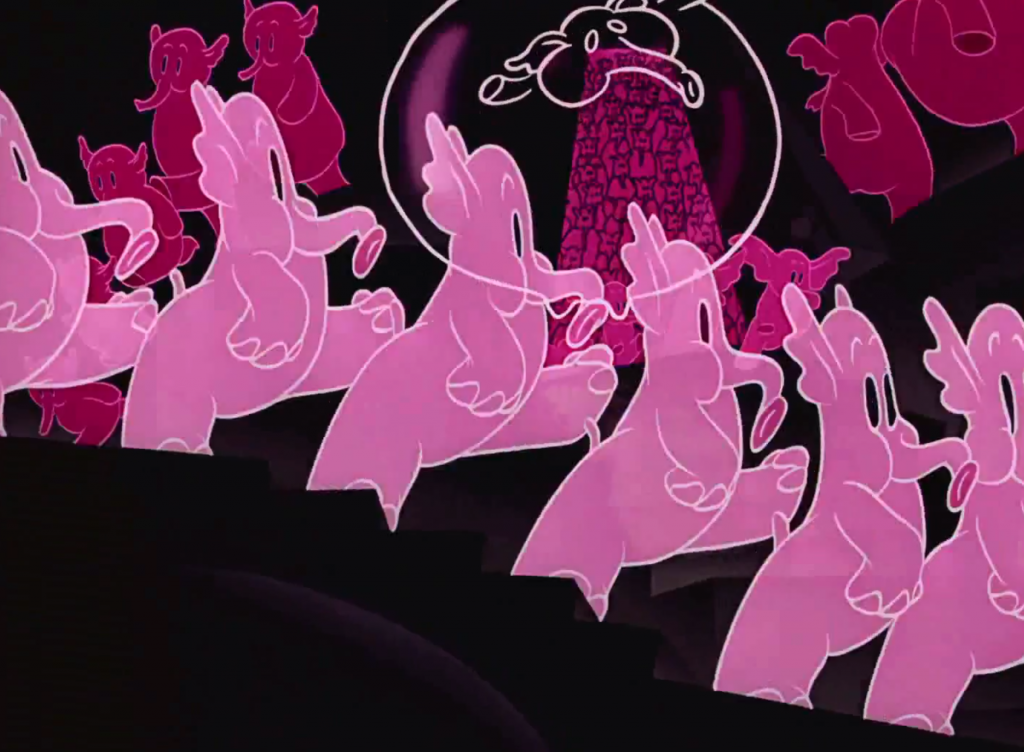Assignment: rotoscope a sequence of images from a Muybridge plate, infusing a personal style, and applying the classic principles of animation, in particular: squash and stretch, arcs, exaggeration and secondary animation.
Strategies:
> Transformative: can you completely alter the subject while keeping the motion patterns recognizable?
> Style-transfer: give the subject a different texture starting from a reference medium or existing style.
*The main movements should follow the original material closely but the rest of the body can (and should) be re-imagined.
Part 1:
1- bring at least one frame of your animation.
2- prepare a quick demonstration showing a tool, process, or trick in Photoshop or procreate you happen to know and that some of your classmates may not be aware of.
Part 2:
Post your project as animated “gif” and upload a video with the settings below
Download the Photoshop template here
Download the individual frames as ZIP here
Download the individual frames here
It might make sense to invert the colors, or use filter > find edges on Photoshop to facilitate tracing.
Brainstorm
Let’s redraw a horse!
10 thumbnails in 10 minutes
No stroke
Make it funny
Silhouette only
Geometric
Abstract / conceptual
Deconstructed
Another animal
Inanimate object
Gas or liquid
Bootleg / IP infringement / remake
Background
The original plate
Eadweard Muybridge perfected this technique between 1878 and 1884. Originally it was meant to settle the question whether all four feet of a horse were off the ground at the same time while galloping (they are, although this one above is an unrelated study).
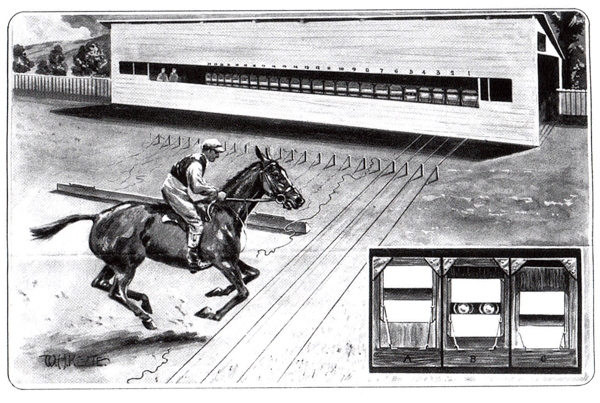 Rotoscoping
Rotoscoping
Patented by the Fleischer brothers 1917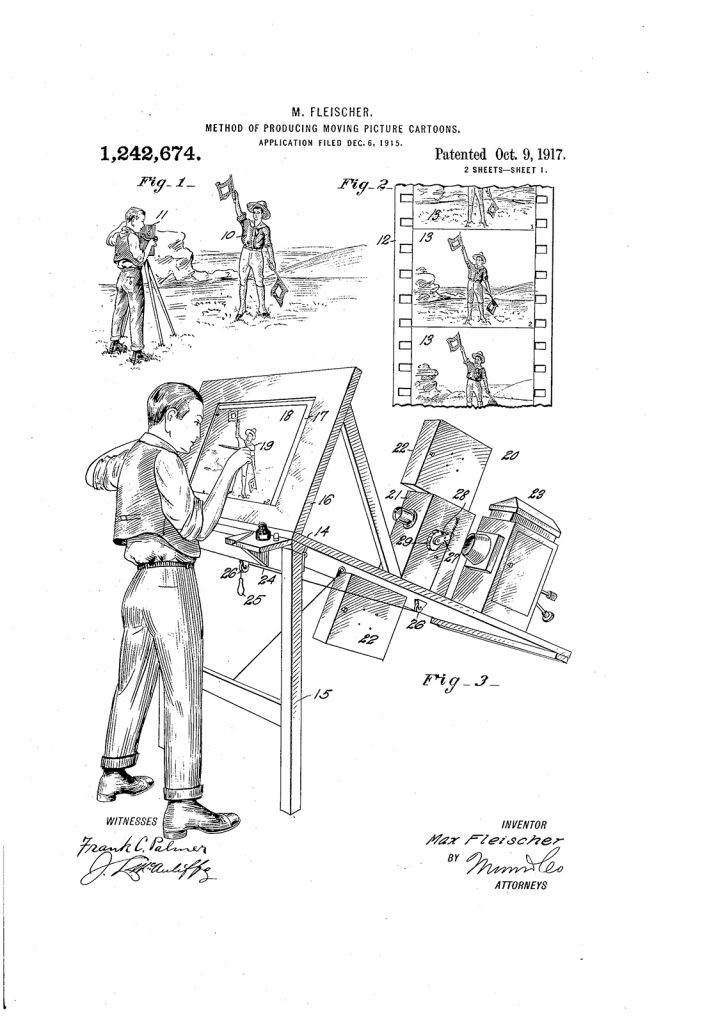
Play Betty Boop Bamboo Isle (1932)
Play Pinocchio – Rotoscoping/reference
Alice In Wonderland test footage – Unbirthday Mad Tea Party – Disney
The Illusion of life (1981)
Play Skeleton dance – rubberhose animation.
Or a longer one
Play two clips from Fantasia and dwarf walk
Play Pink elephants
Exercise
Animate a simple shape/character doing a simple action.
– Duration: 2 seconds
– 12 frames per second (in twos)
*if you have 1 hour it’s 2.5 minutes per frame
-No stick figures nor blobs, imagine them with some kind of bones and flesh
-2 colors: background + flat foreground (you can add some shading for three-dimensionality at the end if you have time)
Exemplify these principles:
-Squash and stretch
-Pose to pose
-Follow through and overlapping action (added with straight ahead after you sketch the pose to pose parts)
-Anticipation
– Exaggeration
-Slow in Slow out
Optional/Bonus:
-Secondary action
-Arcs
Rotoscoping in Photoshop
Use the tablet
Open Animation panel
Window -> animation
We are going to use frame by frame mode for this exercise – toggle with the button on the left
Top right triangle button: make sure you uncheck “New Layers visible in all frames”
Select “Create New Layer for each frame”
Bottom left -> “forever” it’s a loop
For this particular loop every frame must have a delay of 0.05 seconds.
Trace frame by frame by adding new layers to the existing frames
Don’t add or remove frames and don’t change, frame size or position or size of the subject.
When you are done rotoscoping hide the original plates
EXPORTING
I need 2 deliverables: a movie clip to make a collective video and an animated gif
To export a movie go to
File -> Export -> Render video
Adobe media encoder
Format: H.264, high quality –
Preset: High quality
Size: Document size
To export it as gif go to
File > Export > Save for Web (legacy)
Use these settings:

And click SAVE, the done button is a prank
Post both of them on the site
If you want the gif to be animated, when you post it as image make sure it’s displayed in the “original” size.
Tips
Proceed stage by stage, not frame by frame.
E.g. outlines first, fills, textures and finishing touches
It’s a good idea to use a different layer(s) for colors and outlines.
Keep the background simple.
Save your project frequently and in multiple versions.

